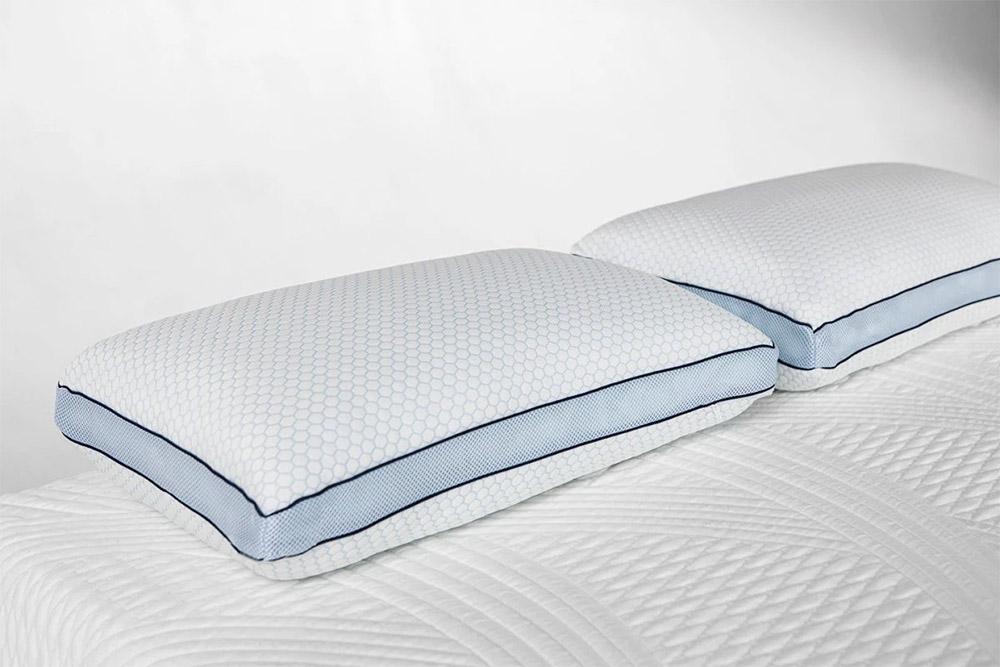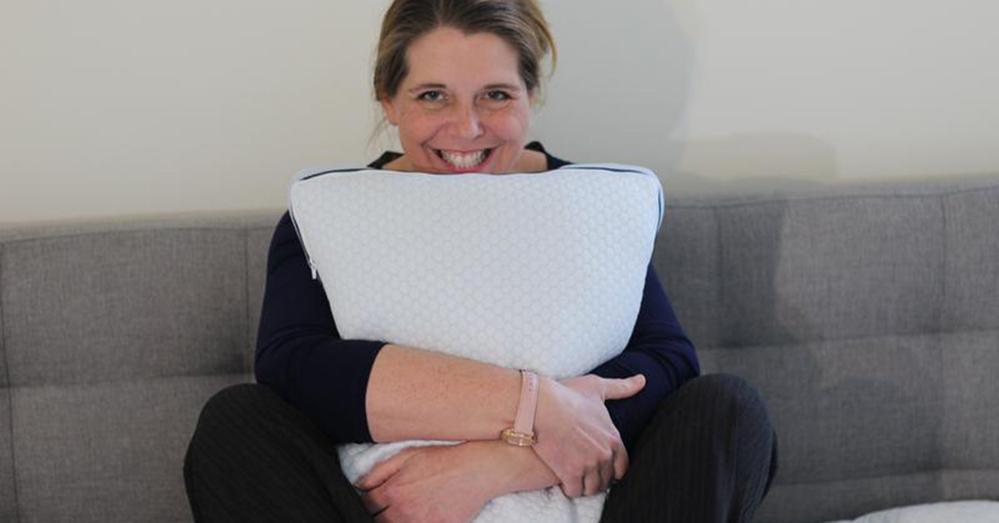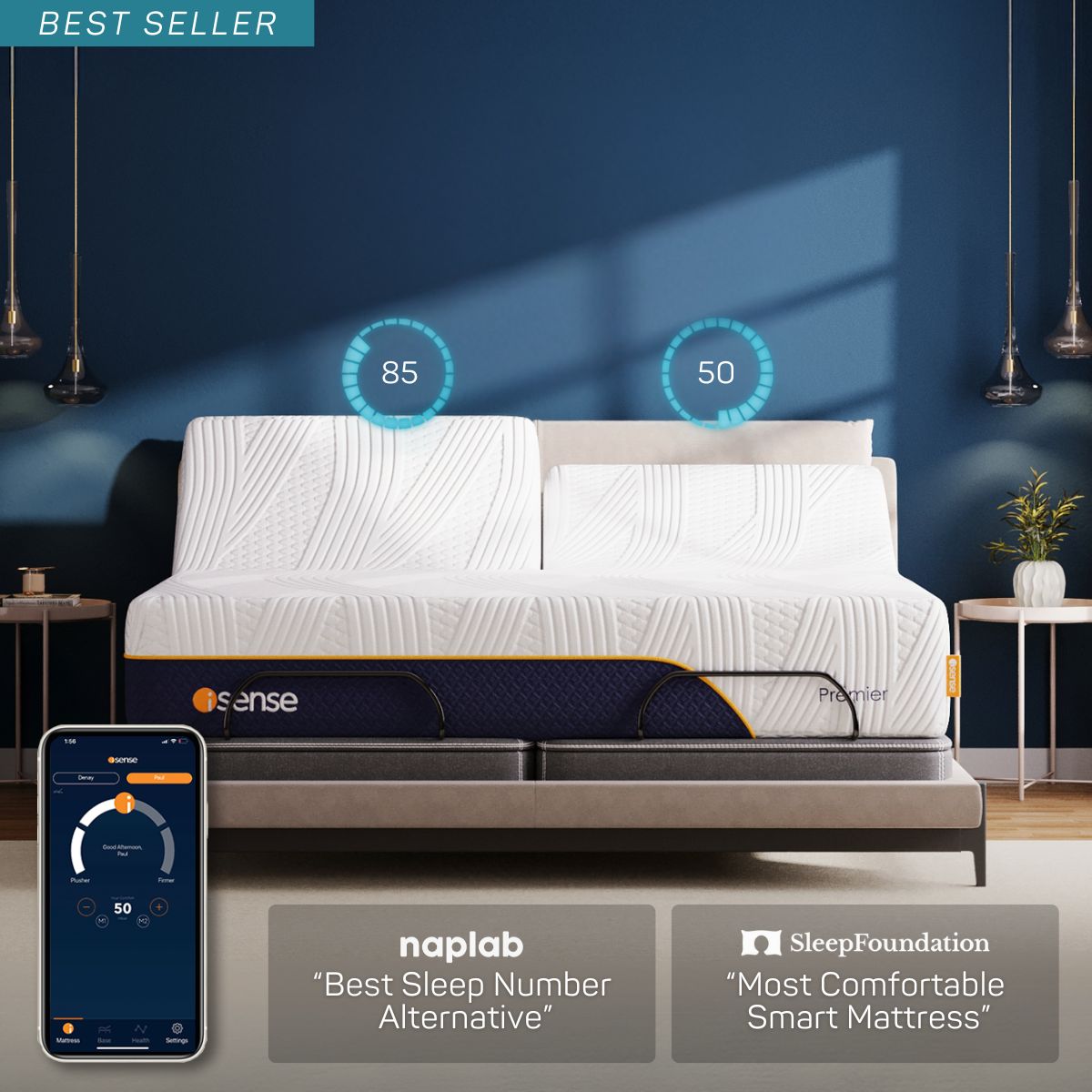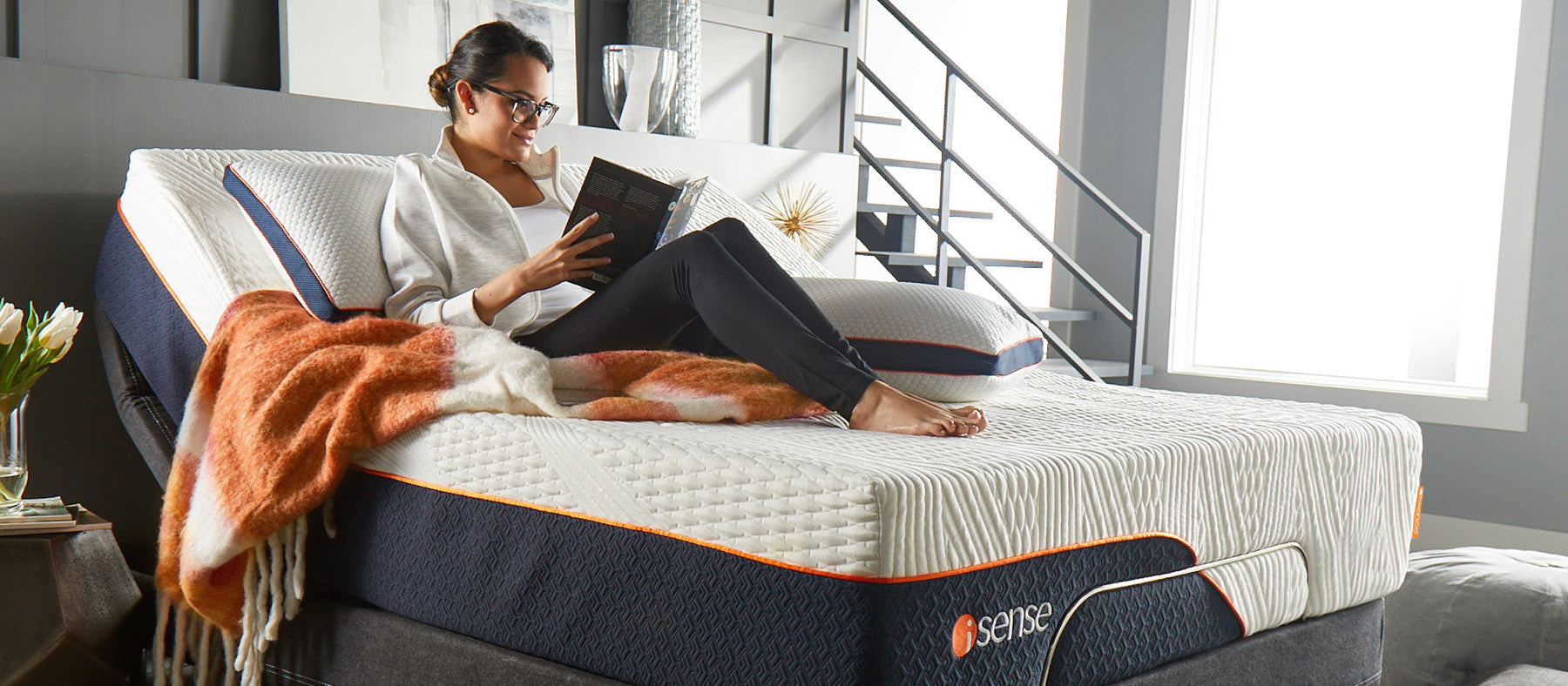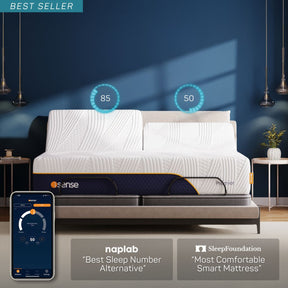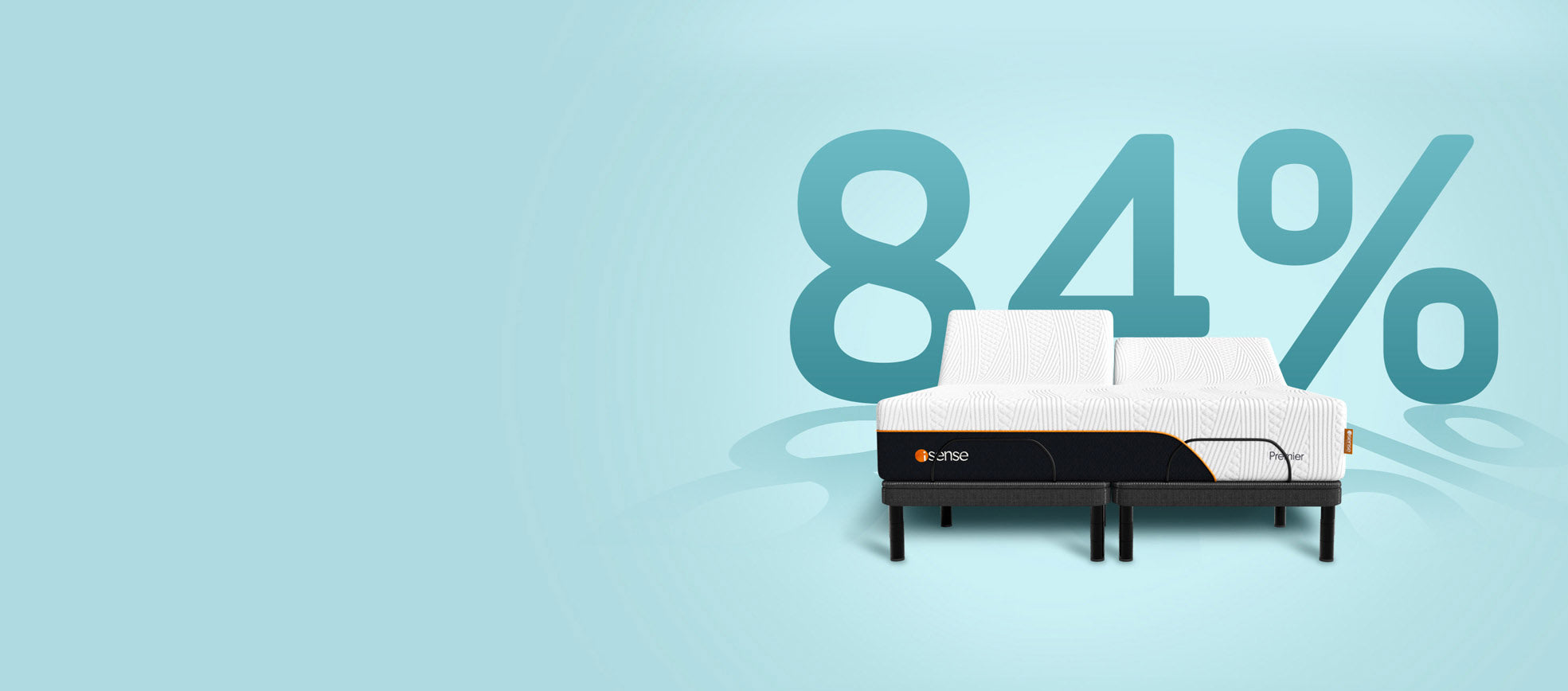Introducing the isense Smart Adjustable Pillow, an adjustable pillow with a patented inner-fill that can be removed or added to adjust the pillow height and also includes built-in sensor technology to provide real-time sleep tracking.
It is unlike any pillow you’ve ever had. It’s true. Its outer fabric has a soft, almost silky feel that is not just enjoyable to the touch—it's specially designed to resist moisture. The isense Smart Pillow’s exterior and its patented precision-cut, gel-infused memory foam provide a consistently comfortable, temperature-controlled sleep experience. But the best part of the pillow is that its height is fully adjustable. An easily accessible inner compartment allows for removing or adding of foam pieces anytime. So, depending on whether you're a back, stomach, or side sleeper, or if you need the perfect height to minimize neck or back pain, you can adjust the pillow in seconds.
Let’s get down to some pillow talk (advice) to ensure your best night’s sleep:
- If you are a side sleeper, you want your pillow height to fill the space between your head and shoulders to keep your spine aligned and pressure distributed evenly. Most likely a mid-to-high pillow height is ideal.
- If you are a back sleeper, it's best to adjust the pillow height to allow your head to lay flat but not propped up at an angle to keep the neck properly aligned. This usually means low-to-mid height, depending on your size.
- Stomach sleepers require a flatter sleep surface, but most doctors don't recommend this position due to the strain it can cause on your neck and back. A soft pillow with adjustable height is best, if you do opt for sleeping on your stomach, though.
Now for the SMART pillow features. Built-in sleep tracking sensors allow you to monitor your sleep performance from the free Sleepace app. Through a Bluetooth connection, you track sleep quality nightly, along with heart rate, respiration, and time in bed. Together, a pillow with the ability to efficiently manage its height and to track sleep quality just seems SMART and provides the Comfort Control™ we all crave.
“The data you’re getting [from sleep trackers] definitely can be useful, believes W. Chris Winter, M.D., Men’s Health sleep adviser and author of The Sleep Solution: Why Your Sleep Is Broken and How to Fix It. Isha Gupta, M.D., a neurologist at IGEA Brain & Spine, adds, “the [sleep tracking] devices offer a good way to gain an overall idea of how often you wake up at night, and how long it takes you to fall asleep—data that can help you tweak habits, such as setting an earlier bedtime or keeping your bedroom cooler.”[4]
“What the studies are showing is that everyone has different angles and different heights, so finding the right pillow does make a difference,” says Shalini Paruthi, M.D., a member of the American Academy of Sleep Medicine and co-director of the Sleep Medicine and Research Center at St. Luke's Hospital in St. Louis[1]. With over 500 pillows available for purchase online and at national big-box stores, how do you know what pillow is right for you? There are pillows for side sleepers, back sleepers, stomach sleepers, warm sleepers, goose down and alternative down, extra firm and premium soft. Looking online or through aisles at all the varieties is in itself a pain in the neck. And who needs another pain in the neck, especially if that's what has you on your search for a new pillow to start with?

An estimated 20 percent of American adults (42 million people) report that pain or physical discomfort disrupts their sleep a few nights a week or more, and of the chronic pain sufferers, neck pain accounted for 15 percent according to the National Centers for Health Statistics[2]. While mattresses are certainly the largest component of what we sleep on, pillows can have their fair share of impact: positive or negative. For example, raising the head slightly during sleep is often recommended by doctors to help reduce snoring and sleep apnea. Sleeping on the left side has been found to calm acid reflux, according to a study from Jefferson Medical College, so pillows that encourage side sleeping on the left might provide some relief[3].
Navigating where to lay our head at night shouldn’t be so hard (unless you prefer firm pillows). Most pillows sold today do not offer the flexibility that we need to accommodate our sleep requirements and any changes that may occur in our lives. Thus, a height-adjustable pillow is recommended to perfectly fit how you sleep but also to adjust for those times when you may need more or less support. Thankfully, a true all-in-one option that helps you better your sleep through technology is now available.
Now, imagine the ultimate in Comfort Control™ through pillow support and SMART sleep tracking. It’s all available to you so that your best night of sleep is always the previous night. Every day you’ll wake up refreshed and ready to take on the world. Check out the isense Smart Adjustable pillow now, and become an iSense Sleeper™.
[1] https://www.womenshealthmag.com/health/best-pillow-for-better-sleep
[2] http://www.painmed.org/patientcenter/facts_on_pain.aspx#refer
[3] https://www.ncbi.nlm.nih.gov/pubmed/8071510?dopt=Abstract
[4] https://www.menshealth.com/health/sleep-tracker-benefits








